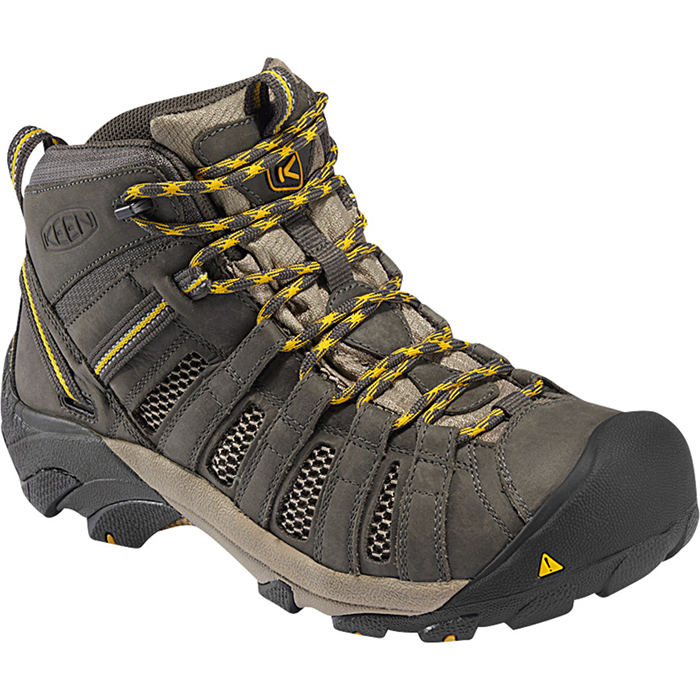Choosing the right hiking boots is essential to having a good hiking experience. The right show will save you not only from black and/or broken toenails, aching and tired feet, but also from long term injuries.
There is a wide variety of options when it comes choosing a hiking boot, but not every hiking boot is the right one for you. To pick out the best one, you have to understand the different components of a hiking boot and how those components translate into wear-ability and comfort over different terrains and different lengths of time.
Boot Uppers
Boot uppers are the materials that make up the upper part of the hiking boot and different types of materials have different impacts on the boot’s weight, durability, and breathability.
- Full-grain Leather
these are great options for extended trips, heavy loads, and difficult terrain – but before you go on a long trip, you to really break in these boots. They offer great durability but are heavier than and not as breathable as split-grain options, but they have great water-resistance. - Split-grain Leather
a lighter option as compared to the full-grain leather one, in this one the split-grain is paired with nylon or a nylon mesh and it offers more breathability. It is also a lower cost option, but with much less water-resistance. - Nubuck Leather
Nubuck leather resembles suede and is highly durable and water-resistant. Even though it is very flexible, it also requires time to be broken in like full-grain leather. - Synthetic
Synthetic leather, nylon and polyester are quickly making their way into the boot material options present in today’s markets. They are much lighter and breathable than leather but not as durable. - Waterproof
Waterproof shoes or boots are made of waterproof membranes are great for keeping feet dry in wet situations – but they also have much reduced breathability. - Insulated
Insulated boots are a God-send in colder regions and for hiking in snow as they keep the feet warm with an added layer of insulation.
Boot Midsoles
The midsole is what provides cushioning for your foot, and adds stiffness to the boot while also acting as a buffer for your foot. Stiff shoes might not seem too appealing but on long hikes they are what keep your feet comfortable by not wrapping around every stone or log. There are various types of midsoles, but the two most popular ones are:
- EVA (Ethylene Vinyl Acetate): It is less expensive, lighter and provides more cushioning.
- Polyurethane: It is more durable and a lot more firm than EVA, and is used in boots aimed for extended hiking.
Boot Insoles
There are two important parts of the boot that make up the insole:
- Shanks: These are inserts that are places between the midsole and outsole of a boot to enhance load-bearing. They vary in length and in thickness.
- Plates: These are also positioned between the insole and the outsole but they are placed below the shank and are what keep your feet from getting bruised by all the elements of a rough terrain.
Boot Outsole
Most hiking boot outsoles are made out of rubber, with carbon and other such additives being used to add hardness to the boot – especially the boots made for backpacking and mountaineering. There are two important parts of boot outsoles:
- Lug Pattern: The bumps on the bottom of your show that keep you from slipping are called lugs. Different lug patterns allow for different kinds of traction. A hiking boot should have lugs spaced widely.
- Heel brake: On hiking boots the heel part is clearly defined as separate from the arch and forefoot. This part is what keeps you from losing your footing on steep descents.

